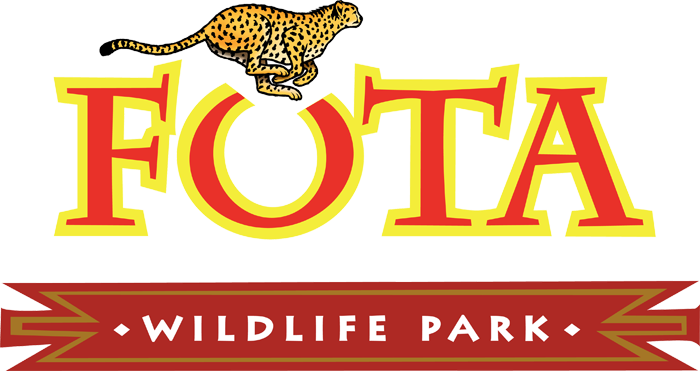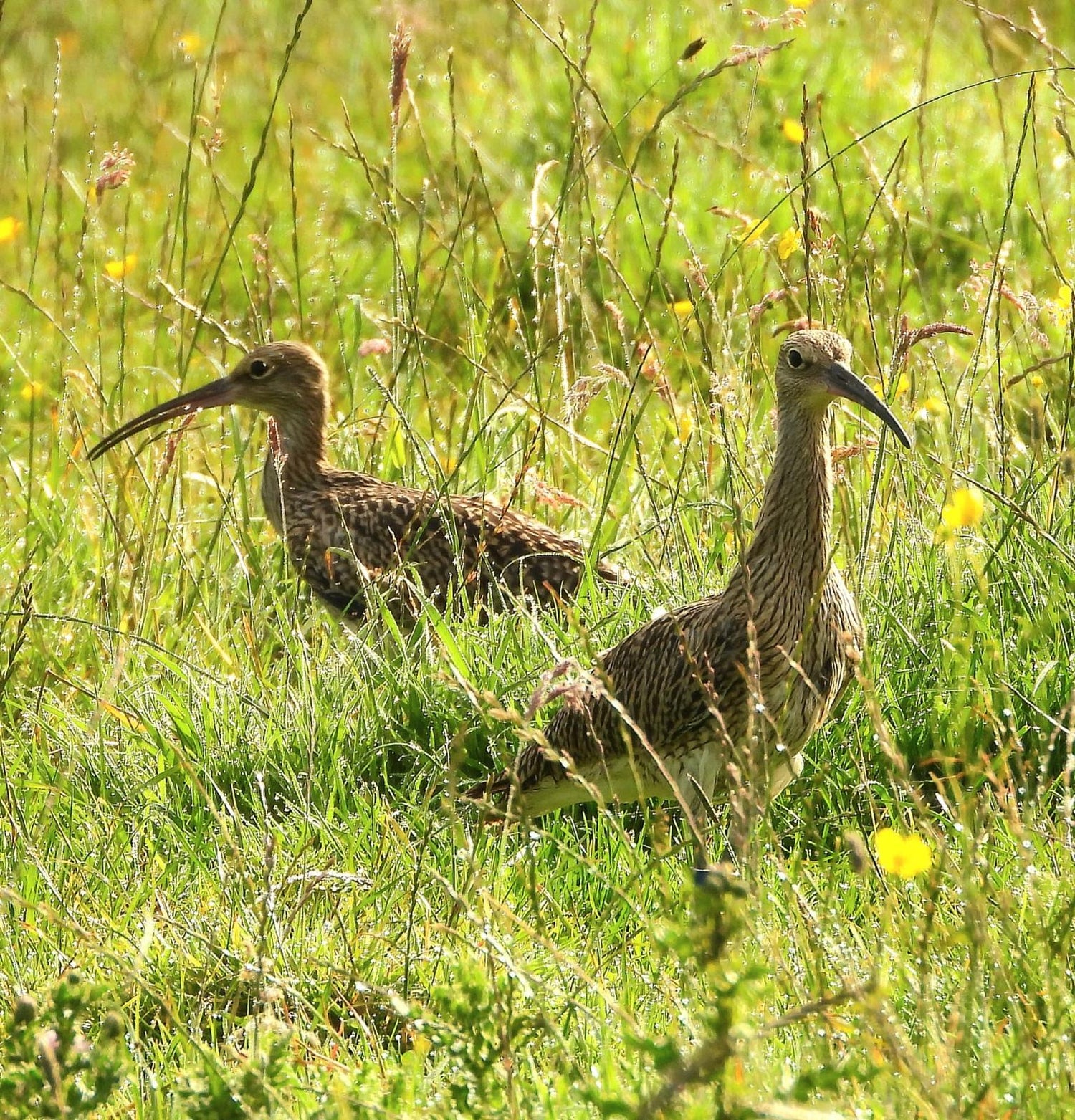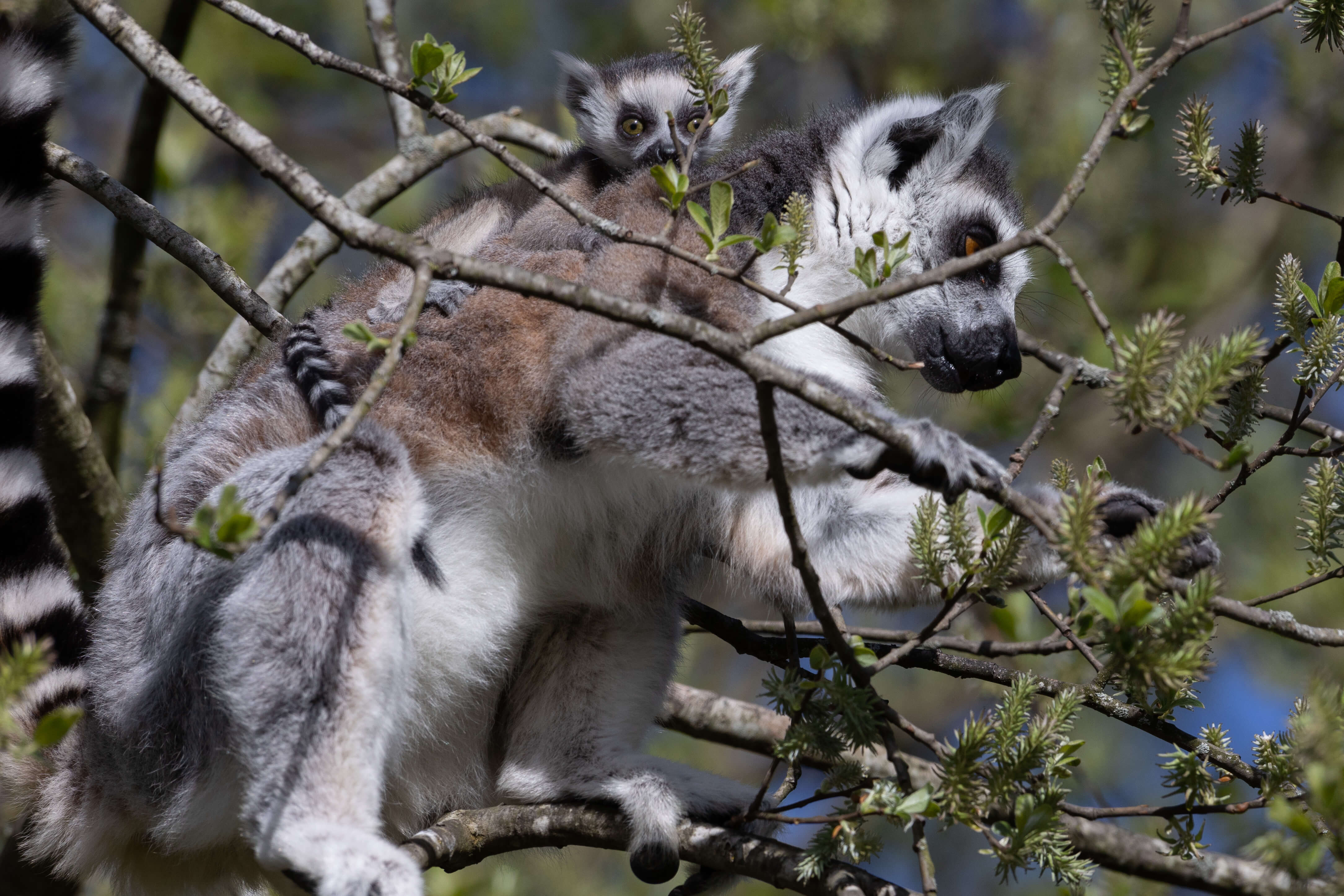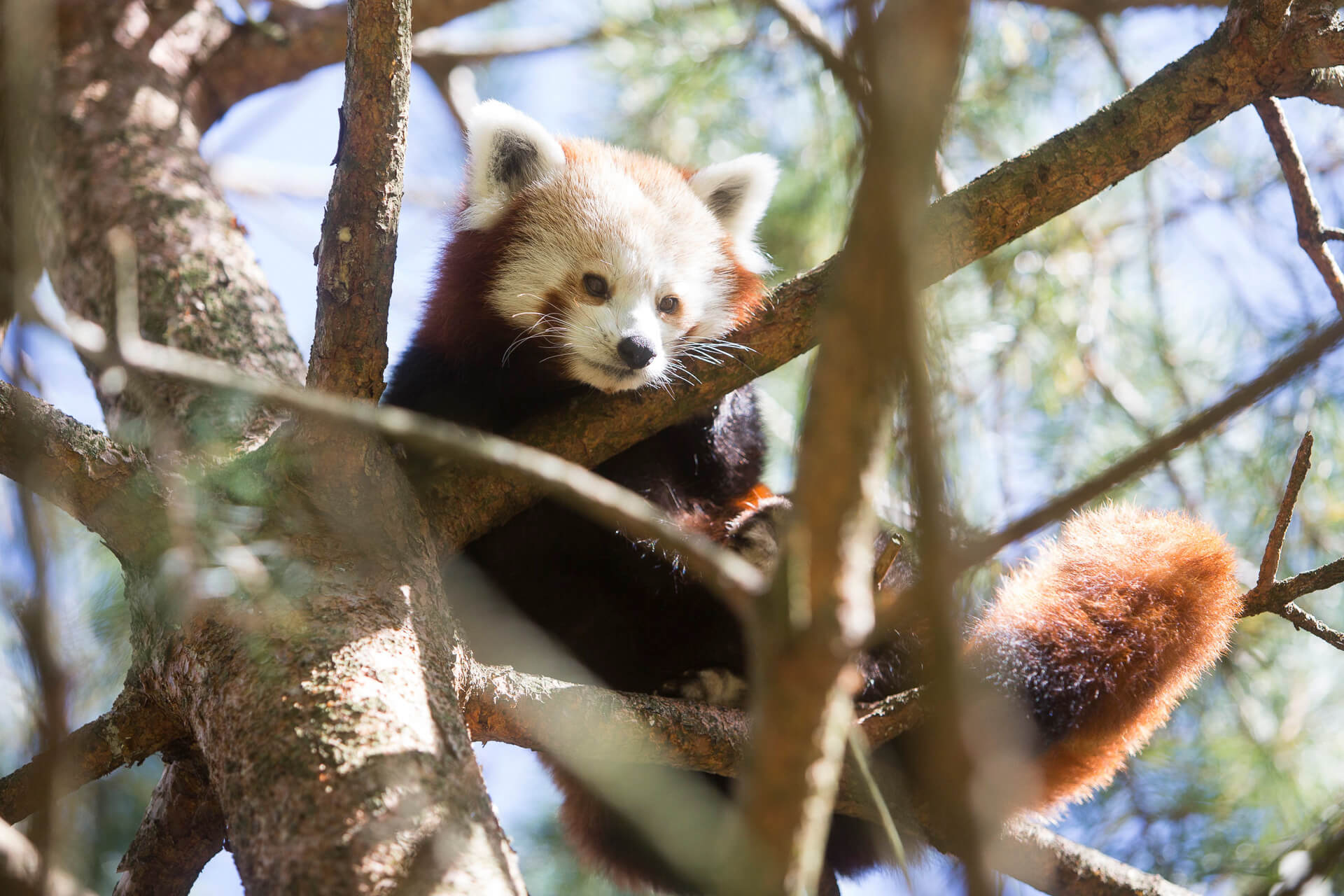World Curlew Day marks the launch of the 2025 Breeding Waders EIP Headstarting programme.
World Curlew Day on April 21st, marks the commencement of the Breeding Waders European Innovation Partnership (EIP) 2025 headstarting programme. The initiative aims to build on the success of last year’s project, which saw 27 curlew fledglings, hatched in Fota Wildlife Park, released into the wild, marking a milestone in native species conservation efforts.
 2024 Headstarted curlew, returned to the wild.
2024 Headstarted curlew, returned to the wild.
The headstarting process involves collecting curlew eggs from the wild, incubating and hatching them, and rearing the chicks until they are strong enough to be released. Once they reach the fledgling stage, the young birds are released back into the wild, giving them a significantly higher chance of survival during the most vulnerable period of their lives. This approach dramatically increases survival rates for vulnerable ground-nesting species like the curlew, whose populations have been decimated by habitat loss and predation. The goal of headstarting is to boost the population of threatened or endangered species by ensuring that a greater number of individuals reach adulthood and are recruited into the wild breeding population.
 Donal Beagan, Headstarting and Nest Protection Manager for the Breeding Waders EIP, collecting eggs from the wild
Donal Beagan, Headstarting and Nest Protection Manager for the Breeding Waders EIP, collecting eggs from the wild
Curlew are a ground-nesting bird which makes them extra vulnerable to land-use change and predation. As waders, they require access to water and invertebrate rich soil for their chicks to thrive. As a result, the Breeding Waders EIP has been managing several sites to ensure suitable habitats for waders, implementing actions such as scrub clearance, drain reprofiling and rush mulching. Landowner recruitment is currently underway, with farmers signing up to help save the species by implementing management actions on privately owned land.

Curlew chicks a few days old at Fota Wildlife Park
The EIP has recruited and trained thirty seasonal nest protection officers to implement practices in designated areas where curlew and other breeding waders are likely to nest. Other actions have seen predator exclusion fencing sourced and erected in known nesting sites and a thermal imagery drone procured and licensed with personnel trained for nest detection. The drone pilot team in the Hen Harrier Programme, operating under licence from the National Parks and Wildlife Service, will also assist the headstarting team in locating curlew eggs in the wild. Once identified, the eggs are carefully collected and transported to Fota Wildlife Park, where they are incubated and the chicks reared in purpose-built, biosecure facilities.
Donal Beagan, Headstarting and Nest Protection Manager for the Breeding Waders EIP said:
“It is unfortunate that we must resort to emergency measures to boost curlew populations through headstarting. However, this technique gives us significant hope. These birds are long-lived, so increasing their numbers should have lasting effects. Nevertheless, much work remains to be done in terms of landscape habitat, predation risk management, and policy before we can restore healthy breeding curlew populations in our countryside."
Fota Wildlife Park, a conservation charity, continues to play a vital role in conserving many of Ireland’s native species through its headstarting initiatives. Its long-standing work with the endangered natterjack toad has resulted in the release of over 9,000 reared toadlets into the wild in Kerry, in partnership with the National Parks and Wildlife Service. These outcomes highlight the Park’s commitment to reversing the decline of native species through science-led, proactive conservation strategies.
Declan O’Donovan, Animal Care Manager at Fota Wildlife Park:
“Collaborating with all the dedicated Breeding Waders EIP partners epitomises the IUCN One Plan approach which is core to our values. This is where work on the ground to protect the waders through collaboration with local landowners, farmers, ecologists and Government Agencies is complemented by the expertise and capacity in the areas of avian incubation and headstarting that Fota Wildlife Park brings. It is truly humbling to be part of this project and I know that the dedication of my colleagues here in Fota Wildlife Park will undoubtedly shine again during this season, allowing us to return young birds which would not have survived, back into their natural habitats in Ireland”
Owen Murphy, Senior Project Manager, Breeding Waders EIP:
“The staff of the Breeding Waders EIP, Fota Wildlife Park and the Hen Harrier Programme go to extraordinary lengths to make Headstarting work in an Irish context. I wish to commend them on their commitment and dedication, which sees long hours in the field including late nights and early mornings, constant vigilance during incubation and chick rearing and the excitement and nervousness of the release days. Hopefully 2025 will be another successful and inspiring year, and that many new curlew will be in Irish skies this Summer.”
The Breeding Waders EIP (@BreedingWadersEIP) and Fota Wildlife Park (@FotaWildlife) are calling on the public to follow both organisations on their social media platforms to stay updated on this year’s egg collection and chick-rearing efforts, including a launch video which will be posted on their platforms on April 21st, World Curlew Day.



